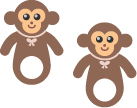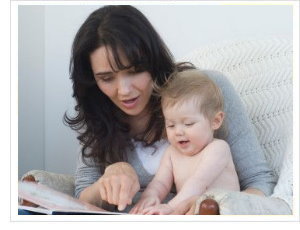A method for teaching to read:
The Multisensory Method


Philosophy
Parents naturally make use of multiple sensory stimuli to communicate with their children – something as simple as saying, “That’s your nose!” and touching your baby’s nose is multisensory teaching.
Having heard the word “nose” and simultaneously felt her nose touched, your child will be more likely to remember the word’s meaning. Or, you might sing Head, Shoulders, Knees And Toes to your child, while helping her touch each part of her body in turn. Children learn body parts much more rapidly when taught in this way than when they simply hear the words used in context.
No one understands the value of multisensory learning better than infant researcher Robert Titzer. After years spent studying how babies learn, Titzer decided to introduce the written word to his first child, Aleka, in infancy. Having taught Aleka to read some 30 whole words by the age of 9 months, Titzer went on to develop the Your Baby Can Read (YBCR) series of books and DVDs. YBCR uses pictures and videos to illustrate the meanings of words, and encourages parents and babies to use their kinesthetic sense. This means, for example, helping your child to touch his toes while he looks at the word “toes,” or helping him to raise his arms in the air while he looks at the words “arms up.” Babies taught in this way soon learn to perform the actions by themselves.
Titzer believes it is considerably easier to learn to read as a baby or preschooler than it is to start learning in first grade. “There’s a natural window of opportunity for learning language, and that window begins at birth and goes through [to] around age four years,” he says. “That’s when it’s easier for a baby to learn second languages, sign language, spoken language, or the written form of language.” For more on Robert Titzer and his system for teaching babies to read, go to Robert Titzer.
Method…